Vivaldi’s Gloria
… and how Carus-Verlag was founded
After discovering there was no satisfactory printed edition of Vivaldi’s Gloria, Günter Graulich decided without further ado to transcribe the music himself from the autograph manuscript for his choir. Demand for the edition grew, and with it the need to have it printed. This marked the birth of Carus-Verlag – and the conductor became the publisher.
I was always on the search for interesting works for the Motettenchor Stuttgart, which I founded and conducted for 50 years (1951–2001), works which had never been performed in Stuttgart, or not for a long time. I noted in a card index which works the various Stuttgart choirs performed, and Vivaldi was not amongst them. From the holdings of the Württembergische Landesbibliothek I was able to gain an overview of what Vivaldi had composed in the way of sacred choral music, and what had previously been available in print. Compared with now, this was not an easy task because there was no internet back then. To my surprise just a few works were available in print then, including the Gloria which I was primarily interested in, which the Italian musicologist Malipiero had edited for Ricordi. But I could not use his edition, because it turned out to be an arrangement with numerous alterations compared with the original – the addition of other instruments and even alterations in the musical text which the composer Malipiero believed would ‘improve’ the Gloria. So in 1968 I travelled to Turin to consult the mainly autograph manuscripts held there in the Biblioteca Reale. A bundle of Vivaldi’s church music contained the autograph score of the Gloria which I scrutinised and transcribed.
This is what the cover of the first edition of Vivaldi’s Gloria (1972) looked like – today it has changed its appearance!
- Full score: Carus 40.001/50
- carus music, the Choir Coach (App): Carus 73.314/02
- Carus Choir Coach (Audio only): Carus 40.001/91
With this basic material, and with the help of my wife, we hand-copied the complete performance material for my Stuttgart performance. Because I wanted to present Vivaldi’s church music with more than one work, I had microfilms of the Vesper Psalms and the Magnificat sent to me from Turin. After our Vivaldi concert in the Stiftskirche (1968) enquiries came in for hire material, particularly for the Gloria. That was difficult for me because I wanted my material to remain without any markings by other performers. Because there were no photocopiers at that time, any new material had to be copied out, and members of my choir helped with this. But the enquiries increased, so I decided to offer the Gloria for publication to Friedrich Hänssler, for whom I was then working as a freelance editor. But Hänssler hesitated and three years after my enquiry, he turned it down with the remark, “but publish it yourself”. He dismissed my objection that this was very difficult for me, and that I also did not have the necessary capital.
His promise that he would take care of the marketing and distribution led to me approach the music engraver Reiner Knierim, who set the score and performance material of the Gloria in Notaset, and the work was printed by Markert printers in Steinenbronn, where we then lived. [Werner Böttler worked there as an apprentice at the time. He later founded his own printers in Walddorfhäslach and we still work with them today.] The investment needed to cover the production costs was lent us by a choir member, whom we were able to repay after just a few months because demand was surprisingly high. From the very beginning the Gloria was a bestseller, and it remains so.
In 1972 Carus-Verlag was founded, with Vivaldi’s Gloria as its Opus 1. Until 1988 the work was distributed by Hänssler-Verlag, whose series 1 to 39 were acquired by Carus four years later.
Günter Graulich (*1926), Publisher founder

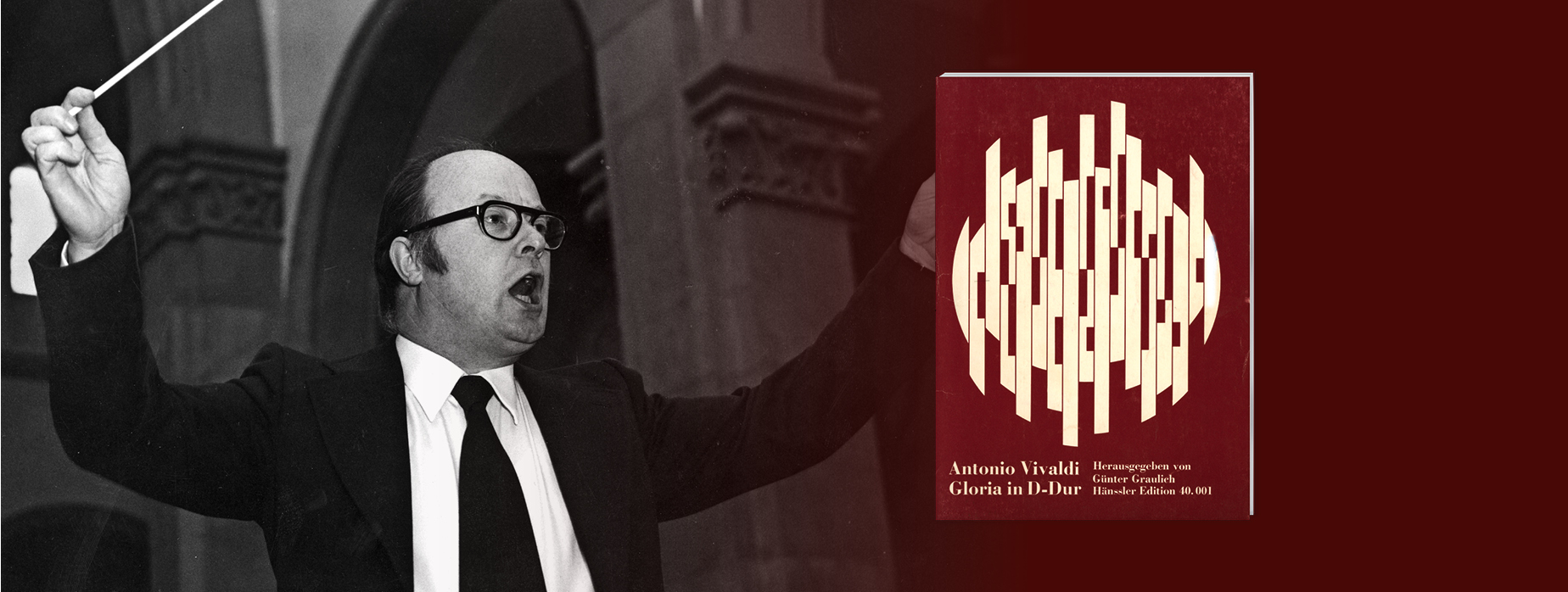
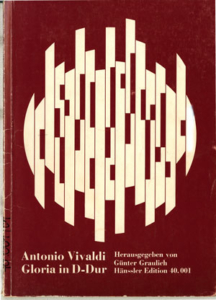
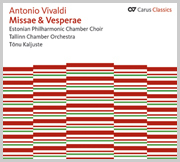

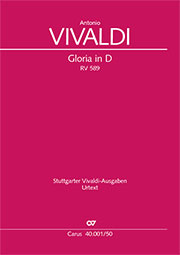
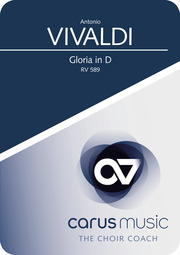
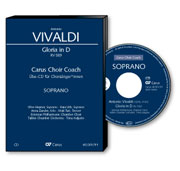
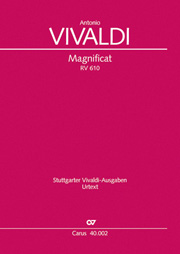
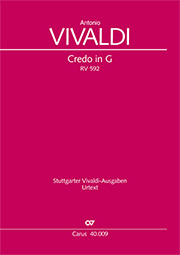
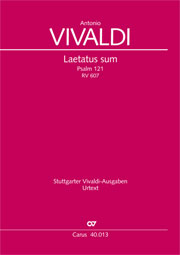
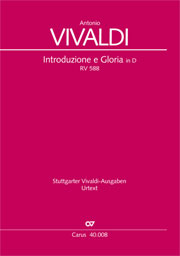


Leave a Reply
Want to join the discussion?Feel free to contribute!